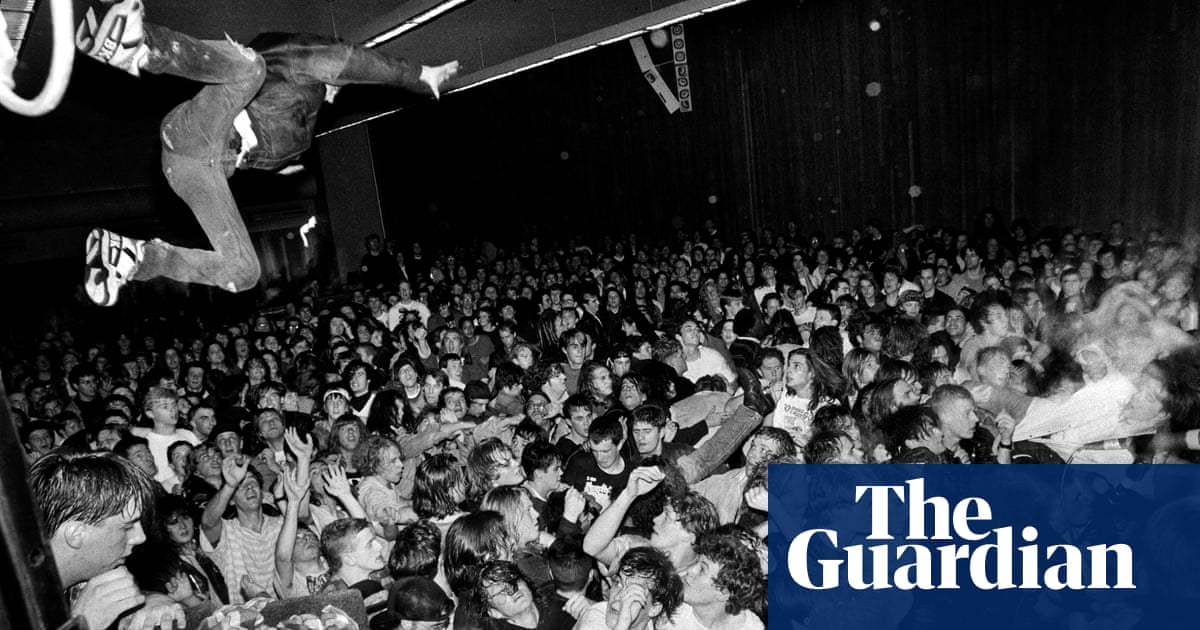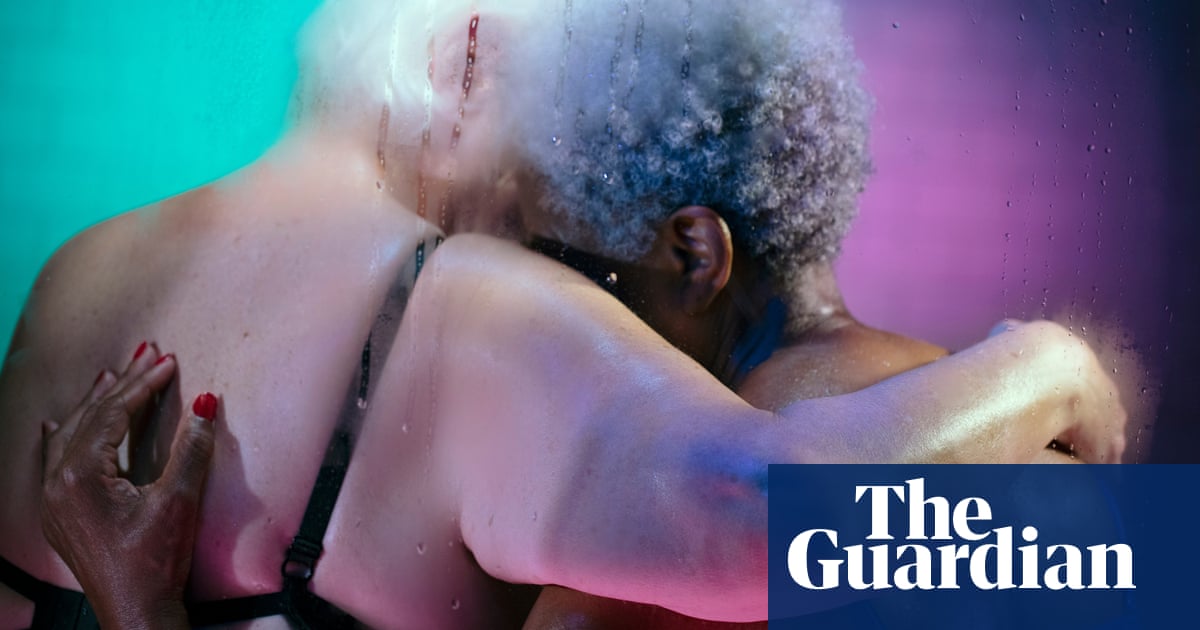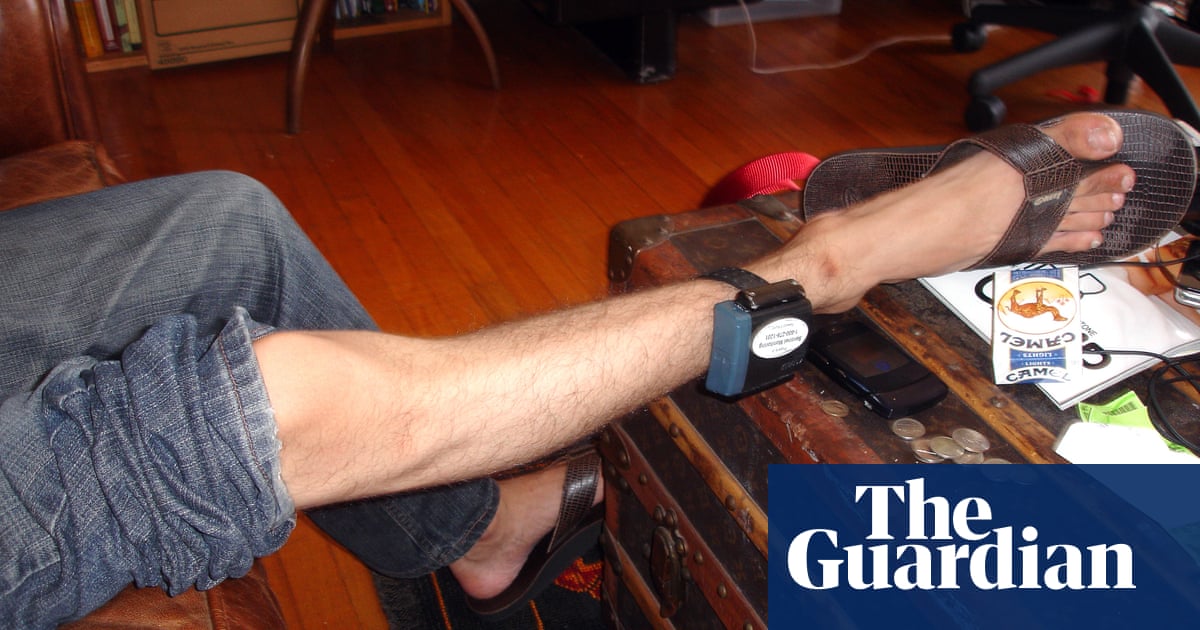
It was August 2016 and I’d been travelling for weeks, documenting the decaying borders between the Baltic states. Before the collapse of the Soviet Union in 1991, there had been little in the way of physical demarcation between Lithuania, Latvia and Estonia. But after the collapse, each nation had built up its borders, until the creation of the Schengen Area, when the need once again faded away. I went to photograph what remained.
After the seizure of the Baltic states by the USSR, a maximum security prison had been established by the quarry at Rummu. The area was turned into a secure compound, where the incarcerated were used as forced labour. Post-USSR, the prison was closed and the pits flooded. Although the land is privately owned, over time it had become a favourite spot for residents and visitors to swim and relax in.
The site itself was all but abandoned. What you see in the image might seem idyllic, but the perimeter fences, watchtowers and barbed wire – while rotting and rusting – were all still there. Sun-seeking locals clambered over the walls and I followed them: all desperate to get into a place that, in the not too distant past, its inhabitants would have given everything to escape from.
In the summer heat, everyone donned swimsuits and wielded inflatables on the beach in the shadow of the brutalist – and at one time brutalising – architecture. There were textures of Martin Parr’s New Brighton Beach, but in the shadow of violence. It explores, I think, questions about human nature: how adaptable we are, how we deal with historical trauma.
Yet, while I was pleased with this image, that’s not the only reason it feels significant. When I look at it now, I realise how reflecting on pictures like this one has – in time – radically changed how I work and think. Because this image is also the reproduction of a cliche. It is visual colonialism, depicting precisely what an outsider to this community might expect. It took me years to realise I was replicating visual stereotypes that put pictures before people, elevating the western gaze. While certainly less stark than a Belgian counterpart shooting in Congo or a Briton in India, this picture still raises questions of power and perceptions. My native Poland need not have colonised Estonia for this shot to be defined by what I’d spent a lifetime being told and taught.
Of course the decay – eastern entropy – is photogenic. But that can be a trap. And so in some ways, I consider all my images like this one to be failures. They might be my most commercially successful and popular on Instagram, but that’s because others see what they recognise in them and feel secure.
I was raised in Upper Silesia in southern Poland. If you were to look at certain pictures of the landscapes I grew up surrounded by, you’d likely talk of the “post-industrial” – just like in this image. But that’s far from the sum total of the region or its people, and it took me a long time to realise that much of my work in eastern Europe did those communities a disservice.
Today I understand that, as photographers, we aren’t simply neutral observers. Pictures spread messages and depictions, the camera gives you power to shape the world and how it’s seen. In some ways, this transition in my outlook started with this photograph. Yes, it has all the ingredients of a good image, but it’s also a reminder of what I no longer want to do in my work.
Way for Escape, Magnum’s Square-Print Sale, runs 12-18 July, magnumphotos.com/shop.
Rafał Milach’s CV
Born: Gliwice, Poland, 1978.
Trained: Academy of Fine Arts, Katowice, and Institute of Creative Photography, Silesian University.
Influences: Taryn Simon, Broomberg and Chanarin, Andrzej Tobis, Karolina Wojtas.
High point: “Launching the Archive of Public Protests, documenting five years of Polish protest.”
Low point: “Waiting 18 months and travelling 1,500km to photograph a Russian prison camp, only realising my camera was broken when developing the film.”
Top tip: “See photography as a powerful, persuasive tool that can critically interact with the world.”












